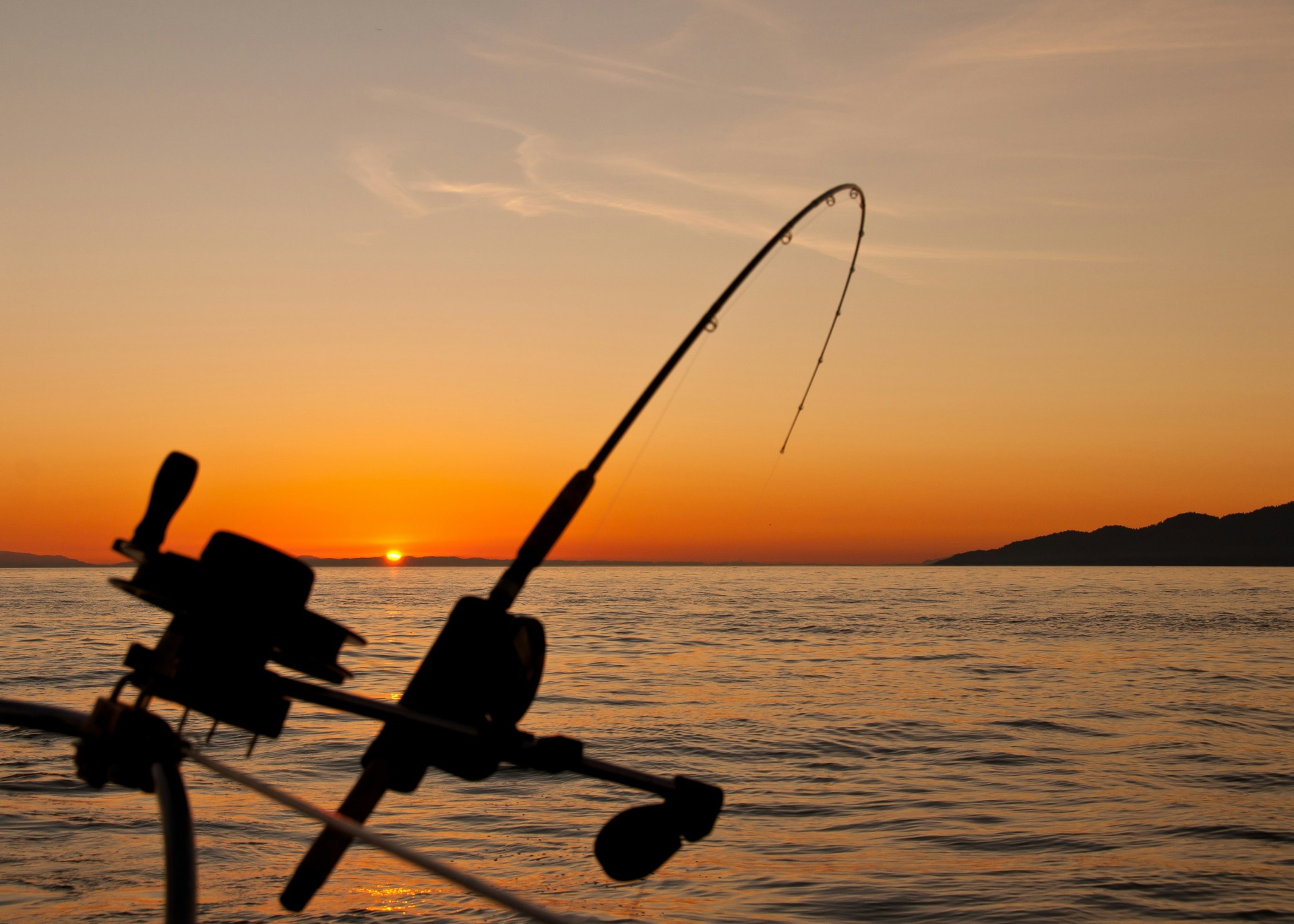
Mozambique channel - Sport fishing adventure
The Mozambique Channel (MC), a vast 1,600 km strait, offers an environment defined by extreme oceanographic turbulence and unparalleled biodiversity. This dynamic system, where massive anticyclonic eddies propagate southward, creates moving biological hotspots and serves as a world-class arena for serious sport fishers. Mozambique is recognized as offering some of the best sport fishing in Africa, including rock & surf, saltwater fly, and game & bills.
The Game: Prized Species of the Channel
The rich marine environment, fueled by nutrient exchange and strong currents, sustains diverse fish populations, including approximately 1,500 species of fish in Mozambican seas.
1. Billfish: The Heavy Tackle Giants
Mozambique is internationally renowned as a world-class destination for billfish.
- Black Marlin (Makaira indica): The Bazaruto Archipelago is recognized as one of the best destinations in the world for Black Marlin. Large females, some reaching up to 550 kg (1,212 lbs), arrive in big numbers during the peak season. The current All-African Black Marlin Record of 1,289 lb was caught off the Bazaruto Archipelago in 1998.
- Black Marlin Peak Season: Late September to the end of December.
- Sailfish (Istiophorus platypterus): This species represents 69% of the billfish caught in the recreational fisheries of Maputo National Park. They provide excellent sport.
- Sailfish Peak Season: The main season runs from the beginning of June until the end of September.
- Other Billfish: The channel offers excellent Blue Marlin fishing, particularly around Bazaruto, from September to January. Swordfish (Xiphias gladias), the elusive Shortbill Spearfish (Tetrapturus angustirostis), and Striped Marlin (Tetrapturus audax) are also present.
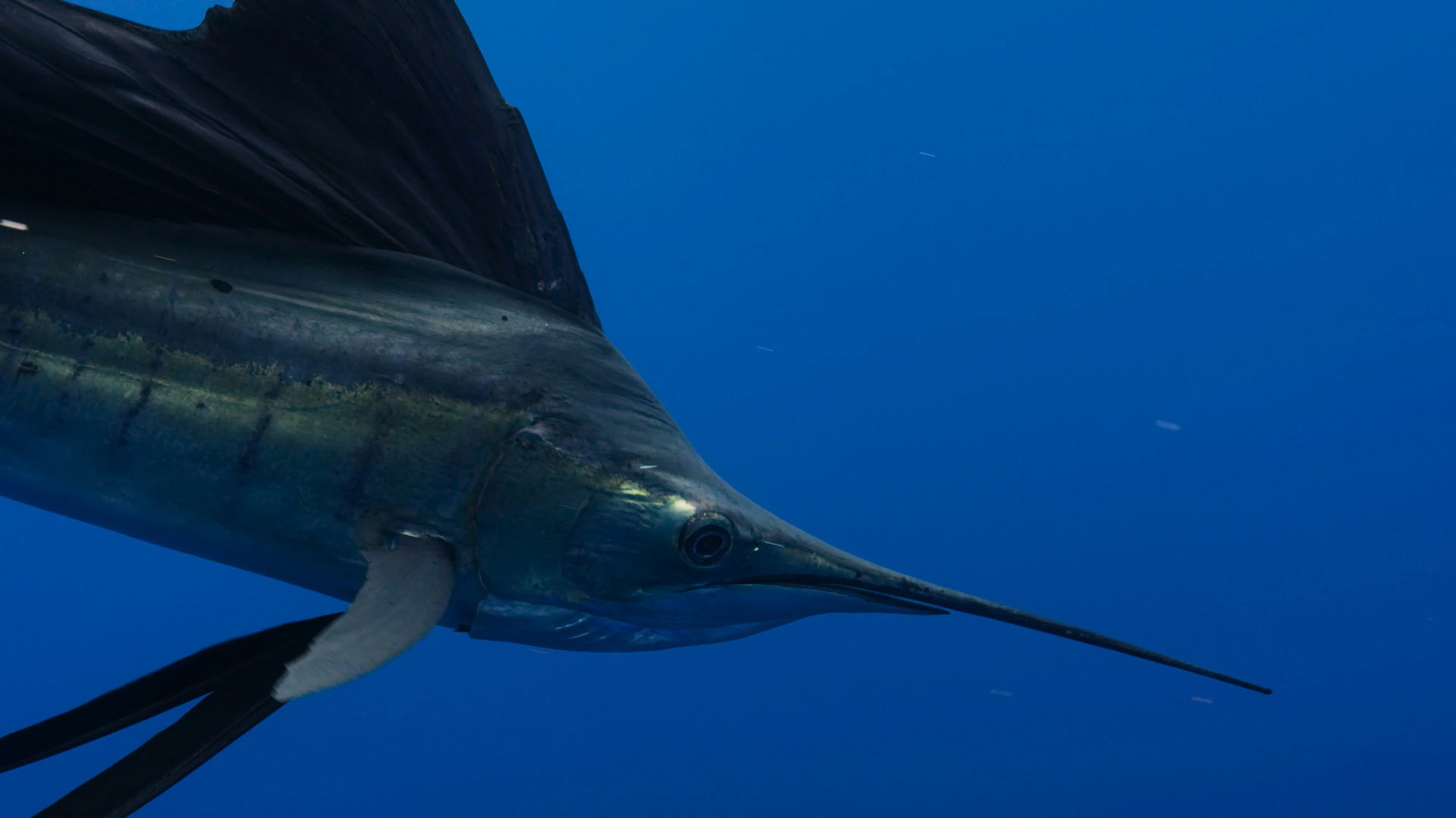
2. Pelagic and Game Fish
The deep offshore waters are transit and feeding routes for highly migratory species:
- Tuna Species: The Northern Mozambique Channel (NMC) is on the annual migration routes of Indian Ocean tuna stocks and is a key feeding and spawning area. Yellowfin Tuna (Thunnus albacares) is a major component of the skiboat angling catch, along with Skipjack Tuna and Bigeye Tuna. Dogtooth Tuna is a sought-after species, particularly around the deep offshore banks.
- Kingfish and Mackerel: These species are common targets. King Mackerel (Scomberomorus commerson) is a major component of skiboat and spearfishing catches. Giant Trevally (GTs), the "king of the reefs", are pursued through popping and jigging.
- Other Species: Other catches include Dorado, Wahoo, Barracuda, Rainbow Runner, and Green Jobfish.
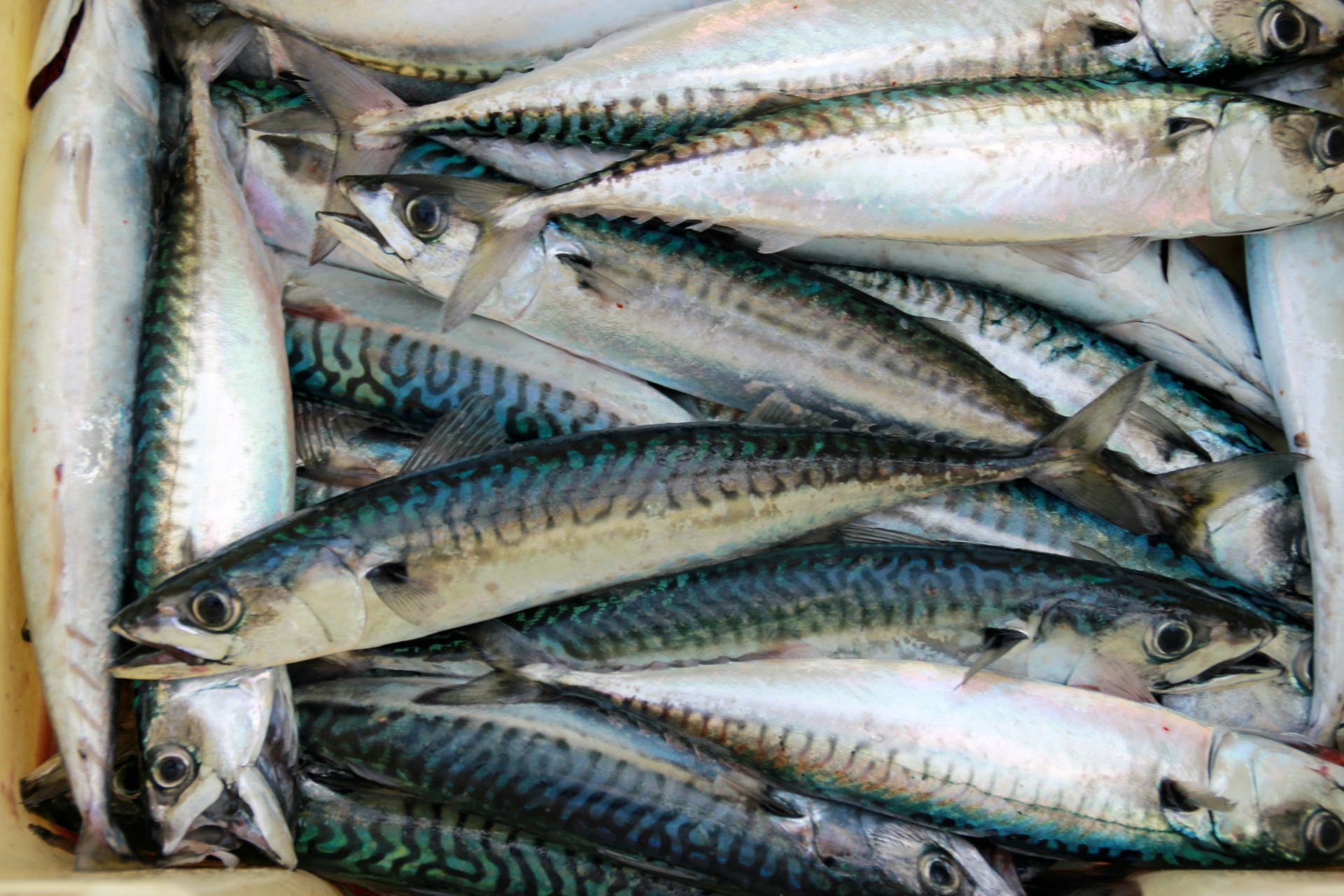
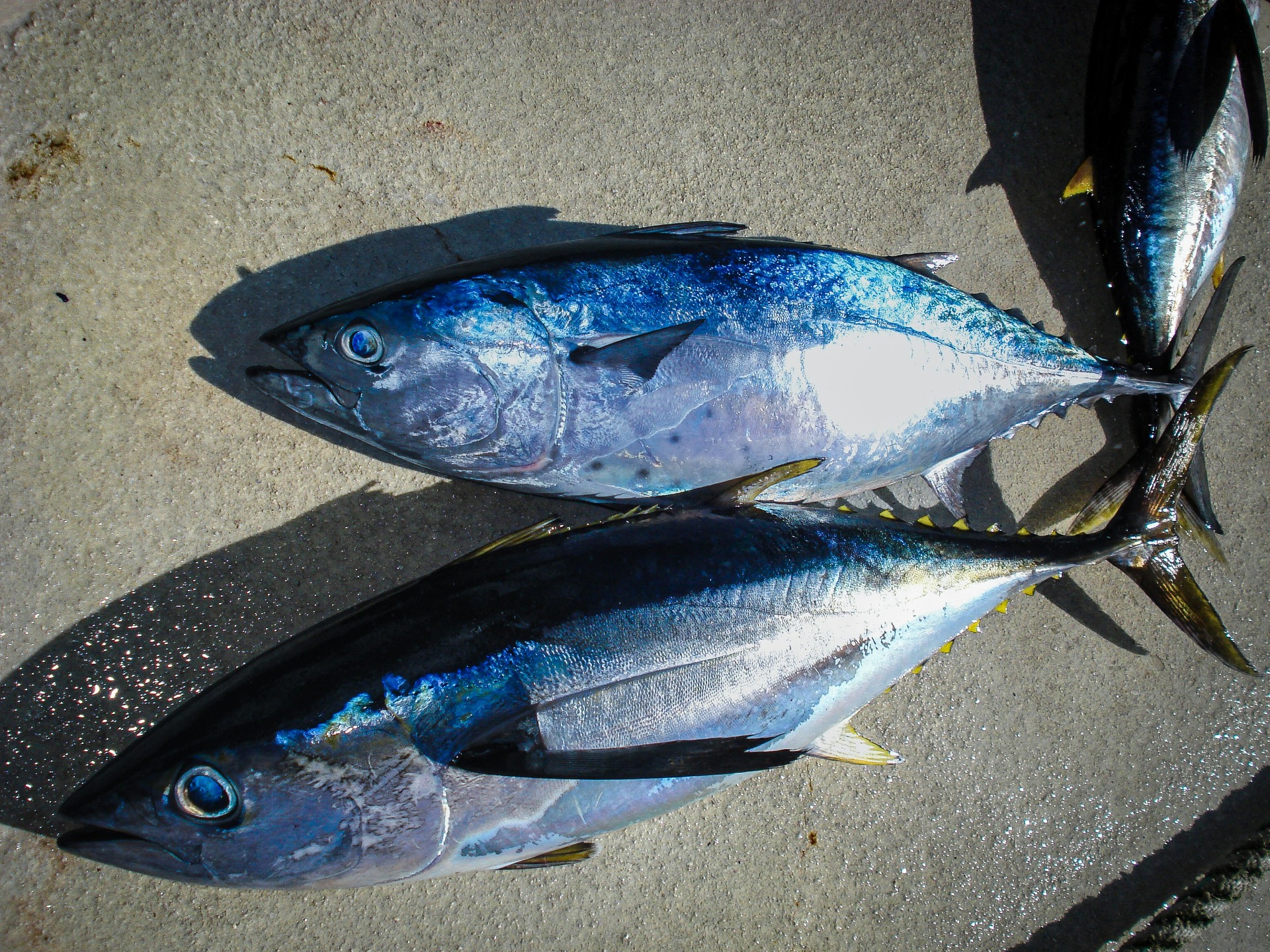
3. Reef and Bottom Fish
Nearshore reefs and continental shelf structures yield quality bottom fish:
- Reef Fish: Demersal species caught by tourist anglers via skiboat include Rock Cod (Serranidae spp.), Slinger (Chrysoblephus puniceus), and Emperors (Lethrinidae spp.). Spearfishing also targets bottom-dwelling species such as rubberlips (Plectorhincus spp.).
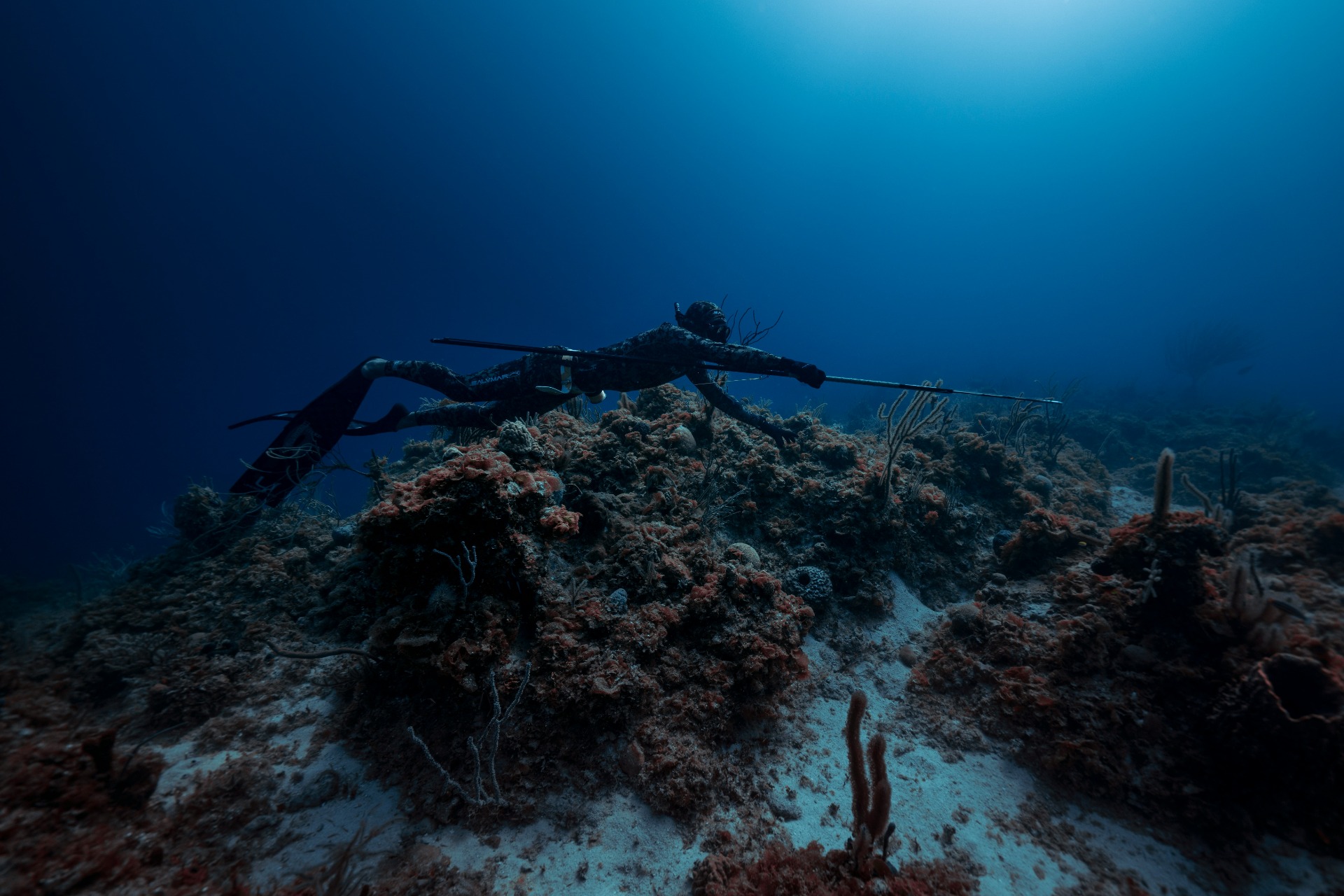
The Best Fishing Spots in Mozambique
Northern Mozambique Channel (NMC) Hotspots
The NMC is characterized by high biodiversity and high eddy kinetic energy. Pemba is the typical gateway to these major offshore banks.
- St Lazarus Banks: Located approximately 75 nautical miles into the Mozambique Channel from Pemba. This is a legendary destination for big game fishing. The Banks are a 30km by 20km biodiversity hotspot known for shallow spots and dramatic drop-offs, which act as a magnet for large pelagic species. Target species here include GT's, Tuna, Sailfish, Dog Tooth Tuna, Marlin, Wahoo, and Dorados. The period from August to December (Mantis Shrimp season) is cited as a feeding frenzy.
- Primeiras Reef (or Banks): Located 45 nautical miles out to sea. This area consists of a string of islands, reefs, and shoals. The Banks are a real fishing hot spot where upwelling current brings in bait fish. Fishing here offers both game and bottom fishing opportunities. Prime catches include Yellow Fin Tuna, Wahoo, Marlin, Sail Fish, Dog Tooth Tuna, and GT's. This area is accessible only by live-aboard charter boat.
- Quirimbas Archipelago: This region (north of Pemba) is known for its pristine reef systems and high-quality diving and fishing. Specific spots include Vamizi Island and Ibo Island.
Central/Southern Mozambique Coast
The southern coast offers more accessible fishing and is famous for billfish and major pelagic aggregations.
- Bazaruto Archipelago National Park (BANP): The Bazaruto Archipelago is one of the best destinations in the world for Black Marlin. The archipelago is a collection of six islands, including Bazaruto and Benguerra, and is a whale-watching magnet and marine sanctuary.
- Billfish: The primary attraction is heavy-duty trolling for Black, Blue, and Striped Marlin.
- Fly Fishing/Light Tackle: The narrow channels between Bazaruto and Benguerra are highly rated for fly-fishing, particularly for Queenfish, Ladyfish, Bonefish, Pompano, and several species of Kingfish.
- Reefs: Two-mile Reef is the most famous reef in the area, offering spots like The Aquarium (6 to 21 meters deep).
- Cabo San Sebastian: Recommended for experienced divers and anglers, known for huge quantities of game fish visible from the boat.
- Inhambane Peninsula / Tofo Beach: Tofo is a small village famous for plankton upwelling. This upwelling phenomenon attracts megafauna, offering world-renowned encounters with whale sharks (Rhincodon typus) and manta rays.
- Fishing: General sport fishing, shore angling, and spearfishing are popular. The local plankton richness fuels the food chain, making this a highly productive area.
- Ponta do Ouro / Ponta Malongane (Far South): Located at the South African border. This coast is highly valued for sports line-fishing from beaches or ski boats.
- Sharks: The Pinnacles Reef is known as the best site to see sharks in the summer, with up to 19 species spotted there, including frequent sightings of bull sharks.
- Shore Angling: Tourists participate in rock and surf angling.
Techniques and Necessary Preparation
Successful angling in the Mozambique Channel requires adapting techniques to the varied habitats and strong currents.
- Deep-Sea Methods: Heavy-duty trolling is used for marlin. Jigging is effective for Yellowfin Tuna, Dogtooth Tuna, and GTs, especially at deep spots like St Lazarus and Primeiras Banks. Popping is the popular and exciting method used to catch Giant Trevally (GT).
- Inshore/Reef: Light tackle is highly productive around the islands for game fish outside of marlin season. Saltwater fly fishing is practiced by tourist anglers, with Kingfish being the primary target species.
- Licensing and Logistics: All marine fishing in Mozambique waters requires a fishing license, which is usually organized by reputable lodges or charter operators. Given the large tidal range (up to 4 meters near Vilanculos), local knowledge is critical for safety and success.
- Conservation: A tag and release policy is widely encouraged, particularly for billfish.
A note on pressure: Anglers should be aware that fishing pressure is already high in certain areas like Palma Bay and its surrounds. Catches in the coastal artisanal sector, which overlaps with many tourist fishing grounds, have generally shown a decreasing trend over recent decades despite increased effort. Furthermore, regions in the far north, specifically around Cabo Delgado, have been cited as unstable due to insurgency, making certain offshore islands dangerous for tourists.